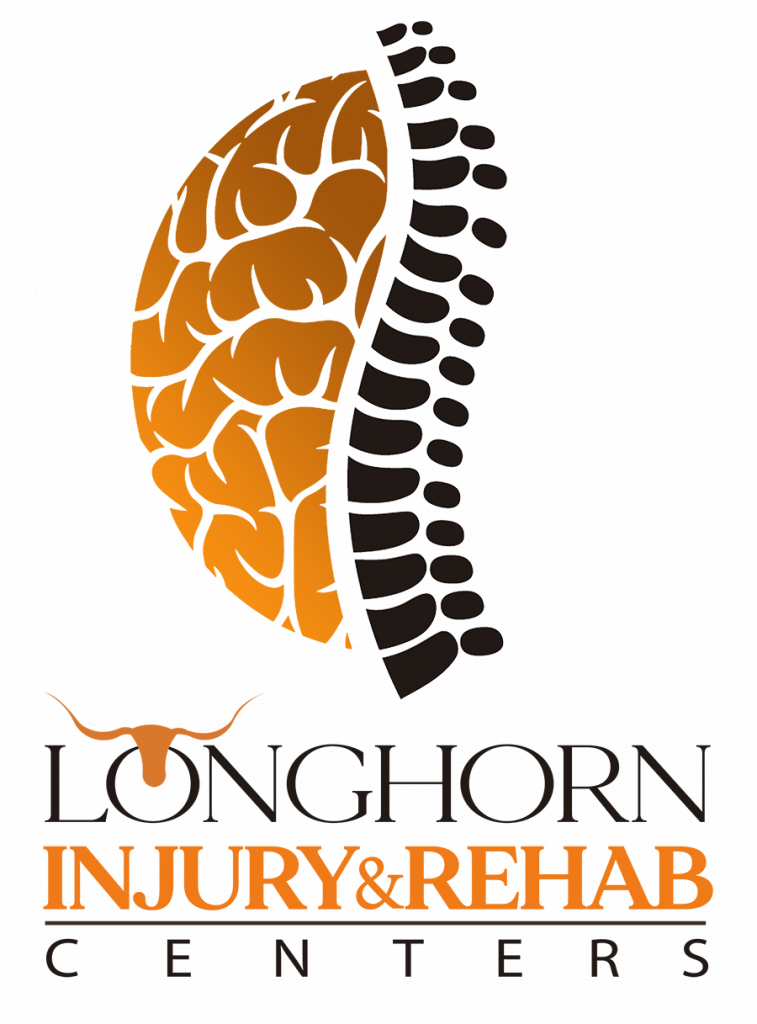Chiropractor Vs. Physiotherapist: What’s the Difference?
Chiropractor | $59 Chiropractic Adjustment | Back Pain Chiropractor
When seeking healthcare professionals to address musculoskeletal issues, many people often wonder about the distinctions between physiotherapists and chiropractors. In the realm of healthcare, two professions stand out as experts in musculoskeletal health: physiotherapists and chiropractors. Both play vital roles in managing pain, improving mobility, and enhancing overall well-being. However, their approaches, methodologies, and areas of expertise differ significantly. This blog post walks you through the fundamental differences between a physiotherapist and chiropractor, helping you make an informed decision about which practitioner aligns best with your healthcare needs.
I. Training and Education

One of the primary distinctions between a physiotherapist and chiropractor lies in their educational paths and training. Physiotherapists, also known as physical therapists in some regions, typically obtain a bachelor’s or master’s degree in physiotherapy, which involves a comprehensive study of anatomy, physiology, kinesiology, and therapeutic techniques. Physiotherapy programs also include extensive clinical rotations, providing hands-on experience to develop practical skills. They are trained to assess, diagnose, and treat a wide range of physical conditions affecting the muscles, bones, and joints.
On the other hand, chiropractors earn a Doctor of Chiropractic (DC) degree after completing an undergraduate degree and a four-year chiropractic program. Their education focuses on spinal manipulation, joint adjustments, and chiropractic techniques, along with in-depth study of neurology, radiology, pathology, and other relevant subjects. Like physiotherapists, chiropractors also participate in supervised clinical internships to gain practical experience.
II. Scope of Practice

The scope of practice for a physiotherapist and chiropractor can differ, depending on the regulations and licensing requirements in each jurisdiction. Generally, physiotherapists work with patients of all ages and treat a broad range of conditions affecting the musculoskeletal, cardiovascular, and respiratory systems. They work with patients of all ages and design customized treatment plans involving exercises, stretches, manual therapy, and modalities such as ultrasound or electrical stimulation. They often collaborate with other healthcare professionals to provide comprehensive care and focus on promoting mobility and functional independence.
Chiropractors, on the other hand, primarily focus on the musculoskeletal system and the spine’s alignment. Their expertise lies in diagnosing and treating conditions related to the spine, joints, and nervous system. Chiropractors commonly use spinal adjustments, manipulations, and other manual techniques to alleviate pain and improve function.
III. Treatment Approaches

Physiotherapists employ evidence-based techniques to address pain and functional limitations. Their treatments often include therapeutic exercises to strengthen muscles, improve flexibility, and enhance stability. They also utilize manual therapy techniques like joint mobilization and soft tissue massage to promote healing and reduce pain.
Physiotherapists employ a variety of evidence-based therapies, including:
- Therapeutic exercises: Prescribed exercises to improve strength, flexibility, and range of motion.
- Manual therapy: Hands-on techniques such as massage, joint mobilization, and stretching.
- Electrotherapy: The use of electrical currents to reduce pain and promote healing.
- Hydrotherapy: Treatment in water to aid in rehabilitation and pain relief.
Chiropractors, as mentioned earlier, primarily use spinal adjustments to restore proper alignment and mobility in the spine and joints. By correcting misalignments (subluxations), they aim to improve nervous system function and overall body health. Chiropractic care is often sought for conditions like back pain, neck pain, headaches, and sciatica.
Chiropractors primarily use spinal adjustments and manipulations as their core treatment technique. Some chiropractors also integrate additional therapies such as:
- Soft tissue therapy: Techniques like massage or instrument-assisted soft tissue mobilization.
- Spinal decompression: A method used to relieve pressure on spinal discs and nerves.
- Therapeutic exercises: Specific exercises to complement the adjustments and support recovery.
IV. Patient Interaction

Patient interaction and the continuity of care differ between physiotherapists and chiropractors. Physiotherapists typically work in a team-oriented setting, collaborating with other healthcare professionals such as physicians, occupational therapists, and sports trainers. They focus on overall functional rehabilitation and often work with patients recovering from surgeries or managing chronic conditions. They may be involved in every stage of the patient’s rehabilitation, offering ongoing support and monitoring progress.
Chiropractic care often involves a more focused approach, with chiropractors providing specific treatments to address the immediate concern of the patient. Chiropractors often operate independently or in private chiropractic clinics. They emphasize the importance of regular chiropractic adjustments to maintain spinal health and overall well-being. In some cases, chiropractic care may be more episodic, with patients seeking adjustments when experiencing acute pain or discomfort. Chiropractors may also provide lifestyle counseling related to exercise, nutrition, and ergonomic practices.
V. Approach to Pain Management

Physiotherapy takes a holistic approach to pain management, considering the entire body’s biomechanics and functionality. Physiotherapists aim to address the root cause of the problem and focus on helping patients regain mobility and independence.
Chiropractors believe that misalignments in the spine can interfere with the nervous system’s functioning, leading to various health issues beyond just musculoskeletal pain. Their primary goal is to correct these misalignments through spinal adjustments to promote the body’s natural healing capabilities.
New Patient Special | Chiropractic Adjustment in $59
Longhorn Injury is offering Initial Chiropractic Consultation along with Chiropractic Adjustment Care in just $59 in Dallas, TX. Get in touch with the best chiropractors and experience pro chiropractic adjustment in Dallas, Texas. Make an appointment or call our Dallas, TX Chiropractic Clinic today.
VI. Conditions Treated

Both physiotherapists and chiropractors are qualified to treat various conditions, but their specialized focus influences the type of cases they typically handle. Physiotherapists often work with patients recovering from surgeries or injuries, as well as individuals managing chronic conditions like arthritis, stroke, or neurological disorders. They also provide preventive care to improve overall mobility and function.
Physiotherapists commonly treat conditions such as:
- Musculoskeletal injuries (sprains, strains, fractures)
- Post-surgery rehabilitation
- Arthritis
- Neurological disorders (stroke, multiple sclerosis)
- Cardiopulmonary conditions (COPD, post-heart attack)
Chiropractors primarily see patients with musculoskeletal complaints, including back and neck pain, sciatica, herniated discs, and headaches. By addressing spinal misalignments, chiropractors aim to improve the body’s ability to heal itself and restore proper function.
Chiropractors often treat conditions such as:
- Back and neck pain
- Headaches and migraines
- Sciatica
- Scoliosis
- Joint pain and stiffness
VII. Age Groups

Physiotherapists work with patients of all age groups, from infants to the elders. They cater to a wide range of conditions and tailor their treatments to suit each individual’s unique needs.
Chiropractors predominantly treat adult patients but may also see children and adolescents for specific musculoskeletal issues. Some chiropractors specialize in pediatric chiropractic care.
Conclusion: Difference Between Physiotherapist and Chiropractor

Both physiotherapists and chiropractors play crucial roles in the realm of musculoskeletal health and wellness. The differences in their educational backgrounds, treatment philosophies, techniques, and scope of practice provide a range of options for patients seeking pain relief and improved mobility. When deciding between physiotherapy and chiropractic care, it’s essential to consider the specific nature of your condition, your personal treatment preferences, and the expertise of the professionals available to you. Consulting with both a physiotherapist and a chiropractor, if necessary, can help you make an informed decision that best aligns with your healthcare needs and goals. Remember, the most important aspect is finding a qualified and compassionate healthcare provider who can guide you on your journey to optimal musculoskeletal health and overall well-being.
Find Best Chiropractor in Dallas, Texas
Call Now +1-844-589-7246
Find best chiropractor near me in Dallas, TX. Longhorn Injury provides chiropractic adjustment for back, neck & sciatic pain relief. Moreover, we provide consultation, diagnostic and therapeutic services for patients suffering from a variety of acute and chronic conditions.
Contact us for Best Chiropractors in Dallas, Texas for an Appointment Today.
Longhorn Injury is your Chiropractor in Dallas, TX.
Which is better chiropractor or physiotherapist?
If your back or joints feel locked, stiff, and sore or maybe haven't responded to other treatments, then a consultation with a chiropractor is recommended. Soft tissue problems are more commonly treated by physiotherapists as well as joint and muscular problems which are restricting movement and causing pain.
What exactly does a chiropractor do?
A chiropractor treats many conditions affecting the nervous system and musculoskeletal system. Think of a chiropractor as a doctor who cares for any kind of muscle, bone or joint pain or dysfunction. The most common reasons for a chiropractic adjustment include: Lower back pain.
What are the similarities between physiotherapy and chiropractic?
Both a chiropractor and a physio will manually manipulate your body to help reduce your tension and allow for better healing, no matter what type of issues you went to see them for. They also have to go to school to be qualified to work in these fields. However, that is basically where their similarities end.
Is chiropractic good for your body?
The benefits of chiropractic adjustments include a drug-free, holistic technique to assist in muscle recovery, lower swelling, decrease oxidative stress, and eliminate post-exercise discomfort.
Is chiropractor a good thing?
They often focus on issues dealing with the spine. Research has found that chiropractic adjustments may be an effective treatment for various forms of neck or back pain. Seeing a chiropractor may also lower your need to take pain relievers or undergo more invasive treatments like surgery.



